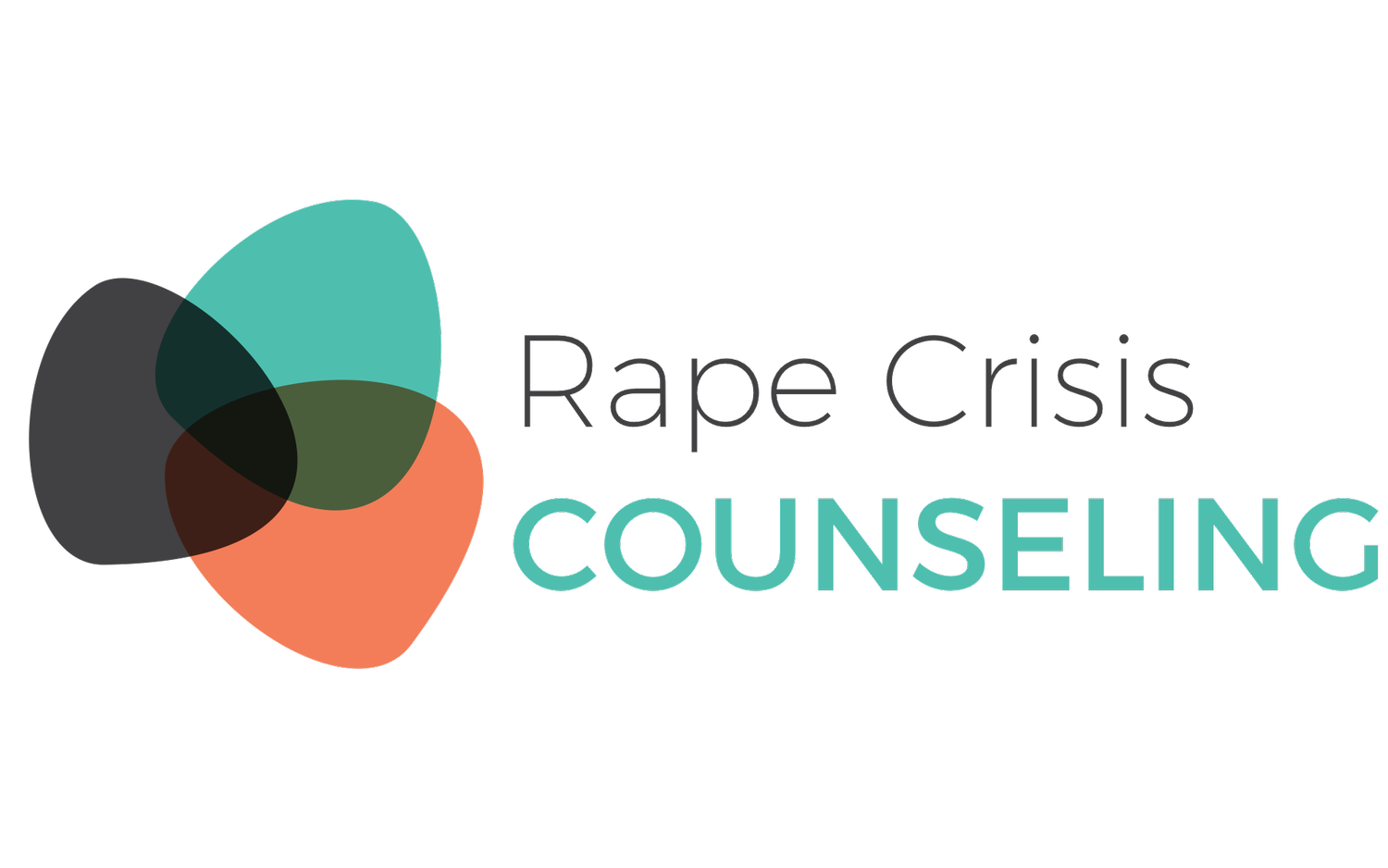4.4.2.1 Responding to Child Sexual Abuse
If the patient is under the age of eighteen years and there is a suspicion of child sexual abuse by a caregiver, family member or person of authority, your government’s child protective services must be contacted.
Not reporting suspected child abuse or neglect, including sexual abuse, is a crime.
When filing the report, inform the authorities if the alleged perpetrator has continual access to the child.
A physician does not need the permission of a parent to collect evidence from a child who has been sexually abused.
Evidence in sexual crimes is considered ‘fleeting’, and thus, does not require a search warrant. The child is considered the ‘crime scene’.
A parent or guardian can be charged with aiding and abetting an alleged perpetrator by not allowing the exam.
The primary differences in using a Sexual Assault Evidence Kit with cases of suspected child sexual abuse are that:
The window for evidence collection is up to 72 hours while for adolescents/adults, the window is up to 5 days.
The examiner does not treat for sexually transmitted infections. Sexually transmitted infections are evidence of the crime of sexual abuse. Cultures must be obtained prior to treatment with antibiotics.
The examiner does not need to take a blood standard for patients under 13 years of age. Instead, the examiner should first take the appropriate oral swabs, if oral penetration is suspected, then have the child rinse their mouth thoroughly. Clearly mark a ‘Miscellaneous’ envelope with the patient’s name and the words ‘Buccal Standard’. The examiner should take one swab from the inside, fleshy part of the cheek. Use the entire surface of the cotton-tipped swab to maximize the amount of the child’s buccal saliva obtained. Place the swab in a stable stand, and let air-dry before placing it in the pre-labeled envelope.
The examiner will not conduct a speculum exam on a pre-pubescent child.
The examiner should ask the child where secretions may have been left on their body and then swab those areas. The folds and creases in the child’s vulvar area may be wiped with swabs to collect evidence, if indicated.
Photographs are critical to the documentation of a child’s injuries.
In documenting the history in the history form, the examiner must use the child’s direct quotes rather than their own interpretation of the child’s statements.
For more information, consult A National Protocol for Sexual Abuse Medical Forensic Examinations: Pediatric (April 2016) at http://www.justice.gov/ovw/file/846856/download.
